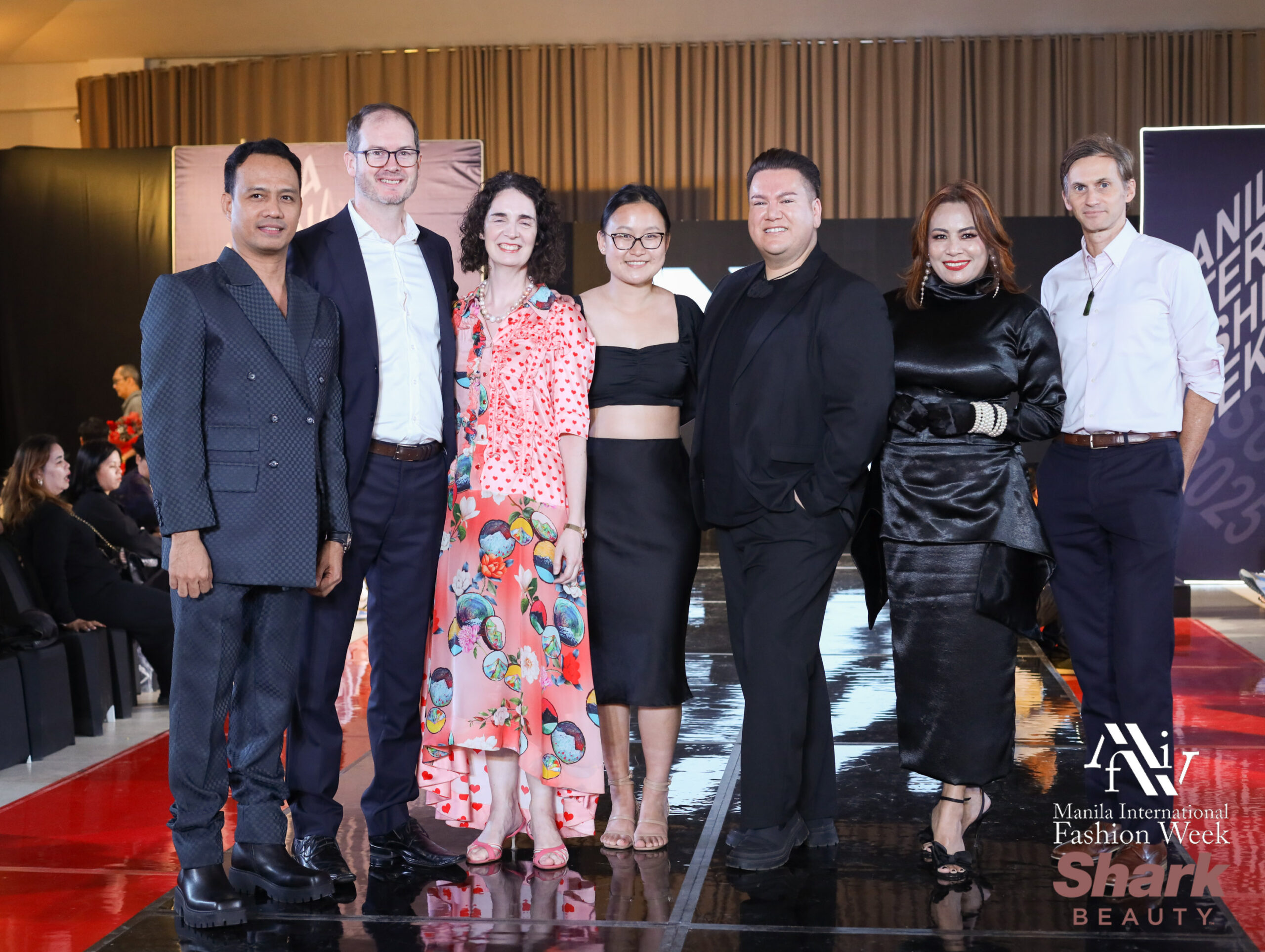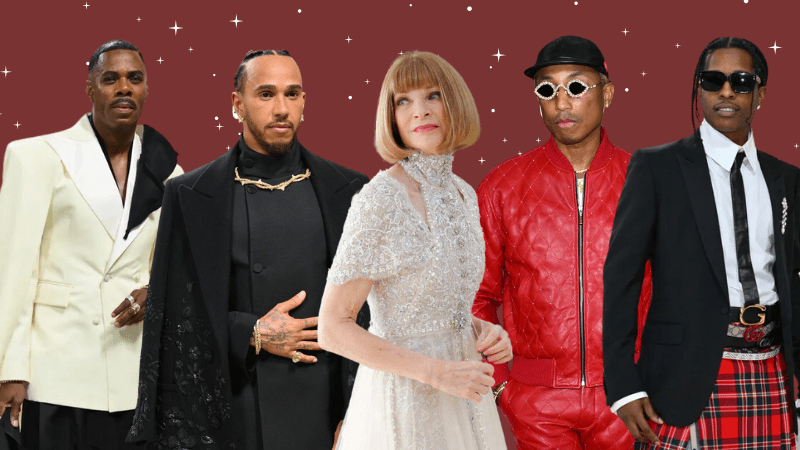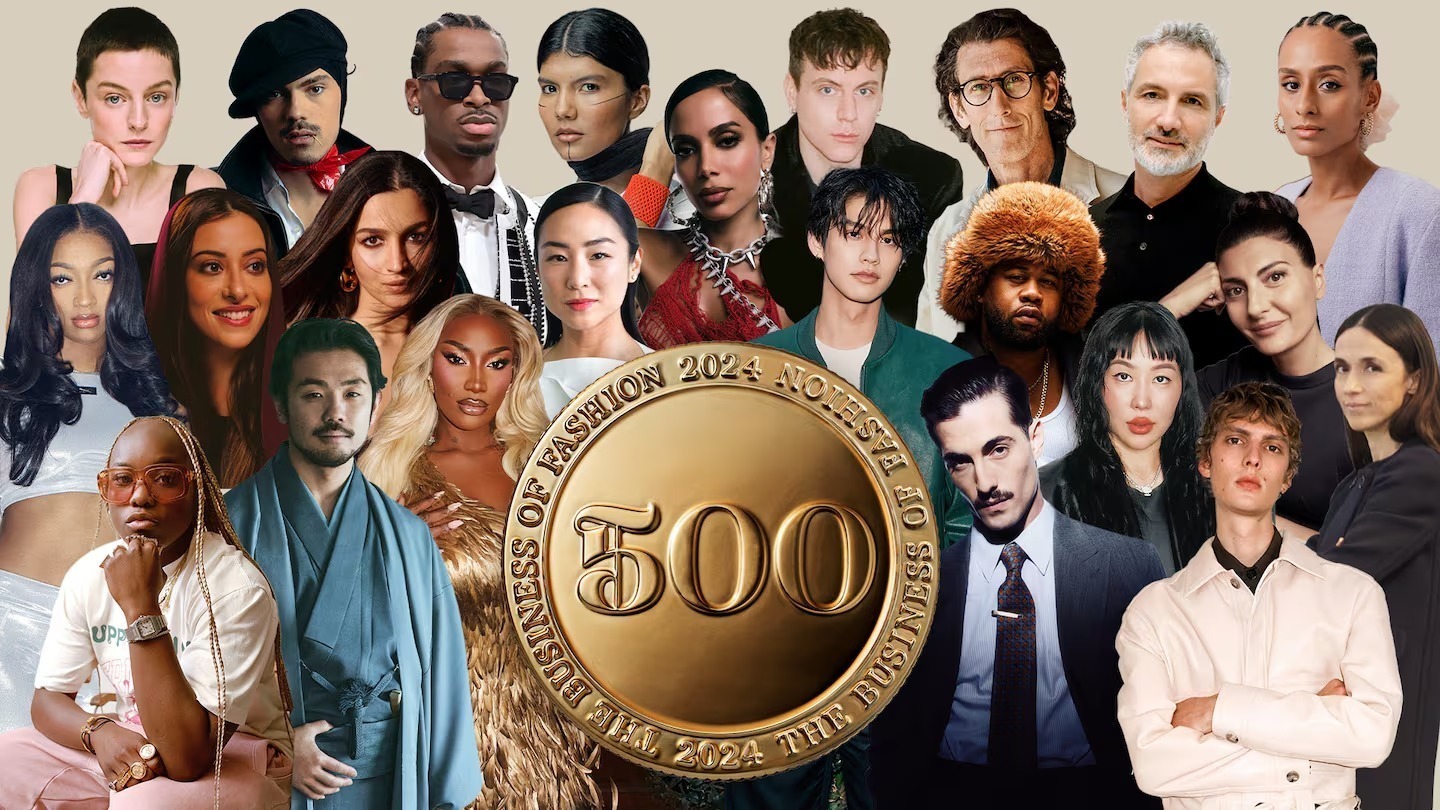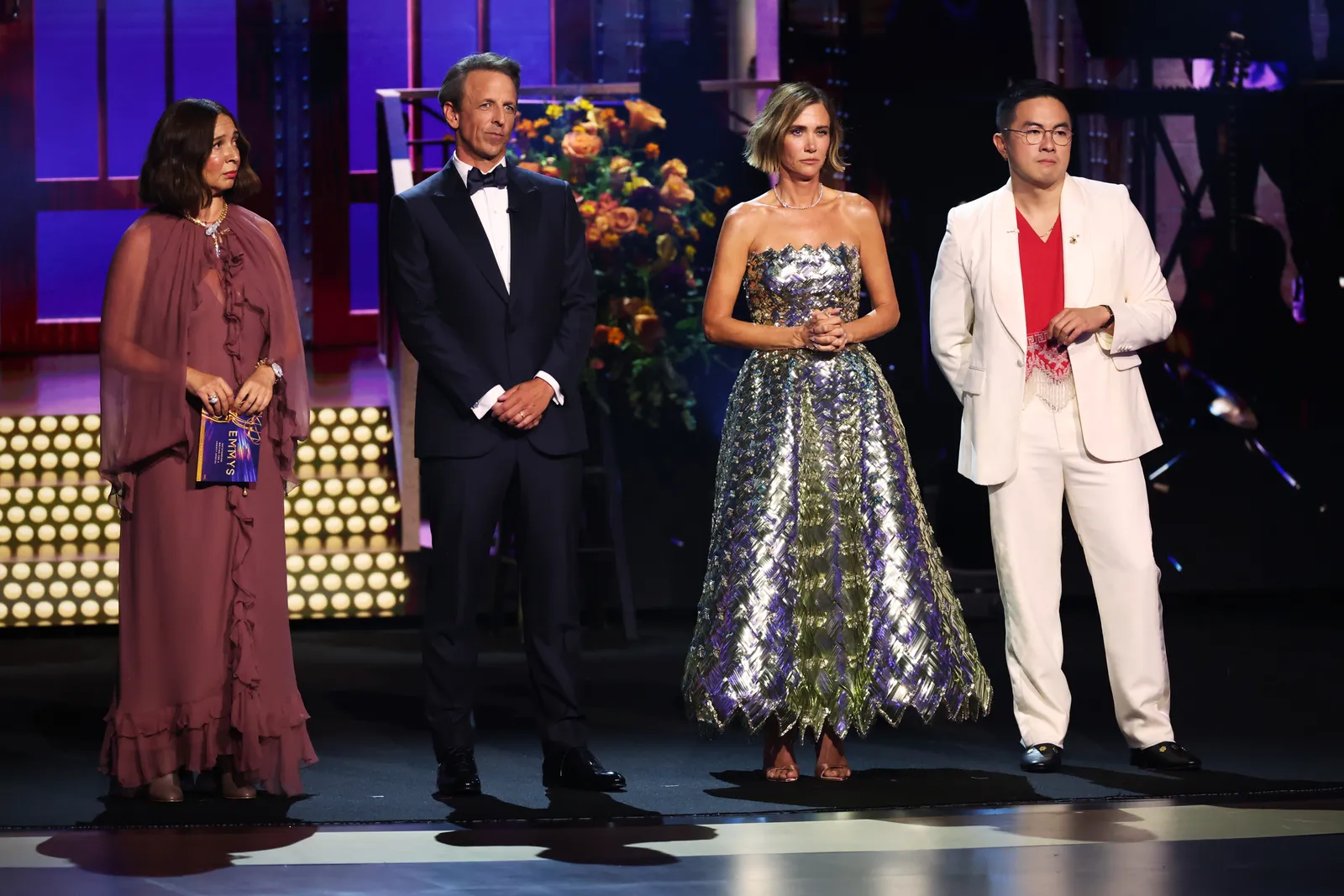H&M’s Bold Leap into the Future: Digital Models Powered by AI

The fashion industry is no stranger to innovation, but H&M’s latest move is turning heads for its blend of technology and ethics. The global retail giant recently announced plans to create AI-generated digital “twins” of real human models, revolutionizing how brands engage with audiences online.
This isn’t just about cutting-edge tech—it’s a statement about consent, creativity, and the evolving relationship between humans and machines.
What Are Digital Twins, and How Do They Work?
Digital twins are hyper-realistic AI replicas of real people. Using advanced machine learning algorithms, H&M can scan a model’s physical features, expressions, and movements to generate a digital counterpart that’s nearly indistinguishable from the original.
These avatars can then be programmed to showcase clothing in dynamic poses, diverse settings, or even multiple outfits in seconds—without the model needing to be physically present.
The process relies on generative AI tools trained on vast datasets of human anatomy and fashion photography. The result? A seamless fusion of art and automation that could redefine efficiency in marketing.
Ethics First
H&M’s initiative isn’t just tech-driven—it’s ethics-forward. The company has emphasized that real models must explicitly consent to having their digital twins created. This approach tackles growing concerns about AI’s role in creative industries, where likenesses are often replicated without permission. By prioritizing transparency, H&M is setting a precedent for responsible AI use in fashion.
“This isn’t about replacing humans,” a spokesperson noted. “It’s about amplifying their reach while respecting their rights.”
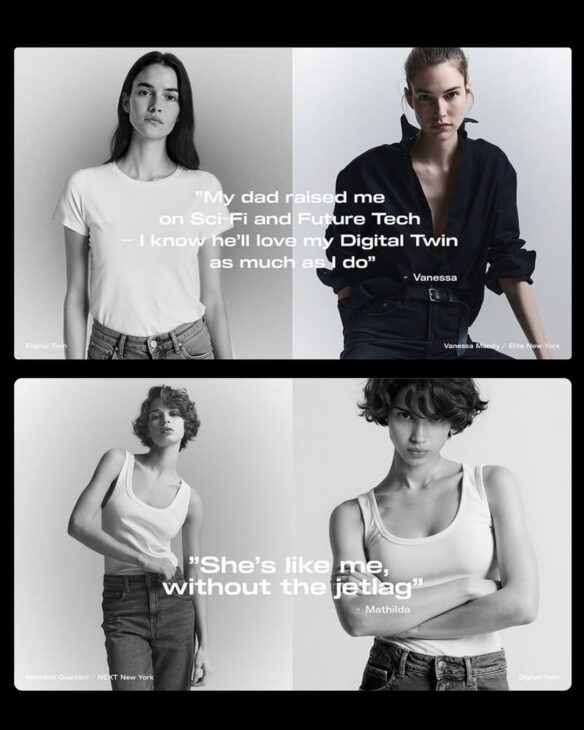
Why This Matters for Fashion
- Sustainability Meets Scalability: Traditional photoshoots involve logistics, travel, and resource consumption. Digital twins could slash the carbon footprint of campaigns by reducing the need for on-location shoots.
- Infinite Creativity: A single model’s digital twin can wear hundreds of outfits in a day, appear in virtual environments, or even “age” or adapt to trends—all without physical limitations.
- Diversity on Demand: Brands could use digital twins to represent a broader range of body types, skin tones, or cultural backgrounds, fostering inclusivity without the logistical hurdles.
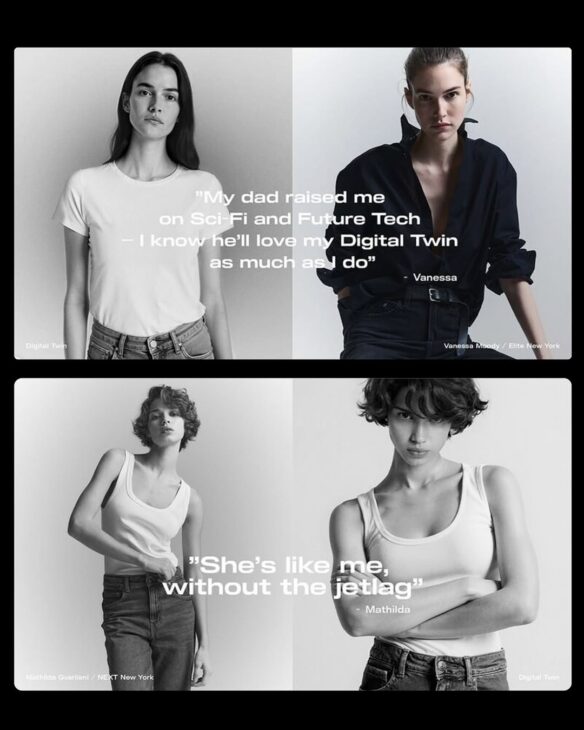
The Human Touch in a Digital World
Critics might argue that AI models could phase out human talent, but H&M insists the goal is collaboration, not replacement. Real models gain new opportunities to license their digital personas, opening revenue streams beyond traditional work. Meanwhile, brands benefit from agile, cost-effective content creation.
Still, questions linger: Will audiences connect with digital models as authentically as human ones? And how will regulators keep pace with the ethical complexities of AI-generated content?


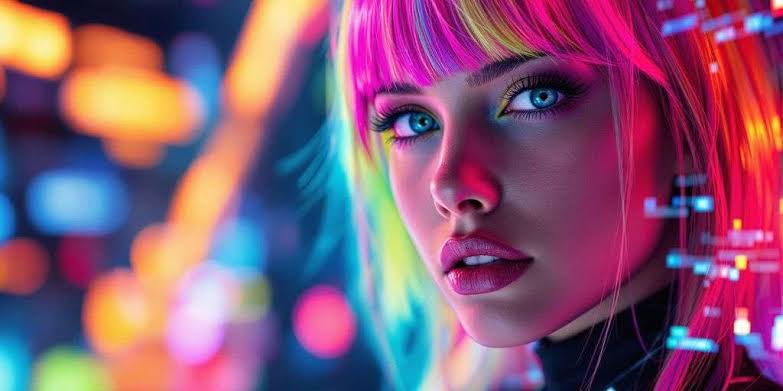

The Road Ahead
H&M’s pilot could inspire a domino effect across the industry. Imagine a future where your favorite influencer’s digital twin promotes seasonal collections 24/7, or where vintage campaigns are “remastered” with AI-revived icons. The possibilities are thrilling—but so are the pitfalls.
As H&M navigates this uncharted territory, one thing is clear: The intersection of AI and fashion isn’t just a trend. It’s a transformative shift, blending creativity with accountability. By championing consent and innovation in equal measure, H&M isn’t just selling clothes—it’s shaping the future of digital storytelling.




